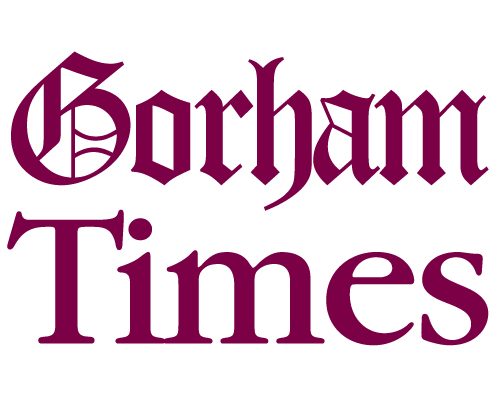Geminid Meteor Showers will light up the night sky, peaking on December 13 into the morning of the 14th. Under clear, dark skies, there will be up to 50 or more meteors per hour with up to 150 per hour on an optimal night. While best viewing is around 2 a.m. when the showers will be highest in the sky, the show will begin mid-evening, but less brightly and closer to the horizon in the northeast.
There will be a new moon this year, so if the weather cooperates, it should be quite a show. Look for a dark place, away from city lights and with a view of the sky. Dress warmly and bring a blanket to lay on the ground for best viewing.
The Geminids will occur every year in mid-December when the Earth passes through the debris field from an asteroid called 3200 Phaethon.
For die-hards, the Ursids Meteors occur about a week after the Geminids, from December 17-26, about an hour before dawn, with a low-key 5 to 10 meteors per hour.
Jupiter/Saturn Conjunction will occur on December 21, which is coincidentally also the winter solstice. The two largest planets in our solar system will be aligned so closely (only 0.1 degree of separation) that they will look like one large bright object in the night sky. While their orbits bring the two giants close approximately every 20 years, a conjunction this close will not be matched again until March 2080 and it is the closest conjunction of Jupiter and Saturn since 1623.
Enjoy the show!

